Arctic vs Antarctic cruise comparison — compare wildlife, timing, ships, costs, and packing to choose the perfect polar adventure.
Arctic vs Antarctic cruise — the Arctic mixes rugged culture and polar bears, while the Antarctic delivers massive ice, penguins, and pure remoteness. Choose based on wildlife, season, ship type, budget, and desired adventure level for the best polar trip.
Arctic vs Antarctic Cruise Comparison: which polar trip fits you? 🌎
Have you ever wondered which polar cruise gives you the most wow — the Arctic or the Antarctic?
The Arctic is about culture, diverse landscapes, and polar bears, while the Antarctic is about vast ice, penguins, and extreme isolation. Pick the Arctic for varied shore visits and ties to local communities. Choose the Antarctic for dramatic ice scenery and intense wildlife-focus.
Arctic vs Antarctic: quick overview 🌍
The Arctic sits around the North Pole and includes parts of eight countries. The Antarctic is one giant continent around the South Pole. Arctic cruises often visit Greenland, Svalbard, Iceland, and northern Canada. Antarctic cruises focus on the Antarctic Peninsula and nearby islands. The Arctic mixes towns and tundra. Antarctica is mostly uninhabited and strictly protected. Both offer expedition-style travel with small ships and Zodiac landings.
The main difference is access and drama. The Arctic has human culture and seasonal light shows. The Antarctic has towering icebergs and massive penguin rookeries. Season windows differ and so do costs. Safety rules and environmental rules are strict everywhere. Knowing these basics helps you choose the right trip for your priorities.
Geography & climate differences ❄️
The Arctic is ocean surrounded by continents. Sea ice changes seasonally and varies by year. Coastal towns and native communities sit near cruise routes. Weather can be cold, wet, and windy but also changeable. Summer brings long daylight and milder temps for cruising.
The Antarctic is a high, cold continent covered in ice. The Southern Ocean is rougher than Arctic seas. Weather is colder and more stable in its harshness. Ship routes hug the peninsula and nearby islands for wildlife access. Ice conditions shape each voyage’s route and activity plan.
Wildlife highlights 🐾
In the Arctic you can see polar bears, walrus, reindeer, belugas, and migratory birds. Birdwatching and marine mammals are big draws. You’ll find unique tundra flora and seasonal blooms in short summers. Wildlife encounters can include close Zodiac rides and shore walks. Expect variety and the chance to see large-land and sea mammals.
In Antarctica you’ll meet many penguin species, seals, and seabirds. Whales are common in feeding waters, and the scenery steals the show. Wildlife is often abundant but concentrated in rookeries. Encounters are framed by strict approach rules to protect animals. Photo ops of penguins and ice are unmatched.
Best time to go 🗓️
Arctic cruises run mostly from late May through September. Early summer gives ice edge exploration and nesting birds. Mid-summer gives long daylight and milder temps. Late summer may offer thicker vegetation and the best whale sightings. Each month shifts wildlife and ice so check itineraries closely.
Antarctic cruises operate from November through March. Early season has fast ice and fewer tourists. Mid-summer brings peak penguin chick season and calmer seas. Late season may offer better whale activity and calmer weather. Pick your month to match the wildlife moments you want to see.
Typical itineraries & duration 🚢
Arctic cruises range from week-long trips to multi-week expeditions. Options include coastal loops, Greenland crossings, and Iceland combo trips. Shore time can include village visits and hikes. Many trips add cultural stops and historical sites for variety.
Antarctic itineraries are commonly 10 to 21 days long. Most sail from Ushuaia, Argentina, across the Drake Passage. Landings focus on penguin colonies and scientific outposts. Some extended voyages add South Georgia and the Falklands. Travel time and sea crossing length are key booking considerations.
| Region | Typical Duration | Common Departure |
| Arctic | 7–21 days | Longyearbyen, Reykjavik, Nuuk |
| Antarctic | 10–21 days | Ushuaia |
| Extended Polar | 18–30+ days | Ushuaia or Reykjavik |
Ship types & size 🛳️
Arctic cruises use a mix of small expedition ships and larger cruise vessels. Small ships (less than 150 guests) reach remote coves and land more often. Larger ships offer more amenities but fewer remote landings. Ice-class hulls are common for safety and stability in icy waters.
Antarctic travel leans heavily on expedition vessels. Most ships carry fewer than 200 passengers for permit access. Zodiacs and rigid inflatables are essential for daily landings. Luxury options exist but often at premium prices. Ship choice affects activities, comfort, and landing frequency.
Onboard experience: luxury vs expedition 🛋️
If you want high-end spas and big dining rooms, some Arctic routes fit well. Luxury Arctic cruises blend culture, comfort, and guided excursions. Expedition ships focus on crew expertise and scientific briefings. Expect expert naturalists and historians on both poles.
Antarctic voyages emphasize expedition gear, lectures, and field safety. Onboard life revolves around wildlife watching and daily landings. Many trips feature onboard scientists and wildlife experts. Comfort levels vary widely, from cozy cabins to full suites. Choose based on your tolerance for adventure versus luxury.
Shore excursions & Zodiac landings 🛶
Both poles use Zodiac boats for shore access and close-up wildlife viewing. Arctic landings sometimes include village visits and cultural exchanges. Expect varied terrain — tundra, rocky beaches, and sometimes ice shelves. Active travelers can do hikes and kayaking on both poles.
In Antarctica, landings focus on wildlife colonies and icy landscapes. Walks are typically short but impactful. Kayaking and camping can be offered on select voyages. Strict rules limit visitor numbers and behavior for safety and conservation. Zodiacs are the heart of the experience, bringing you into the wild.
Safety & weather risks ⚠️
Polar travel requires serious preparation and respect for weather. Hypothermia, rough seas, and sudden storms are real risks. Operators follow strict emergency and evacuation protocols. Travel insurance and medical checks are essential before sailing.
Ice navigation and sea state differences add specific risks. The Drake Passage can be challenging for first-time sailors. Arctic storms are unpredictable near Greenland and Norway. Crew experience and ship class matter for safety. Always listen to briefings and follow guide instructions.
Cost comparison & value 💵
Arctic voyages can vary widely in price. Short Arctic trips may be affordable. Luxury Arctic packages raise costs fast for onboard amenities. Costs depend on route, ship, season, and cabin type.
Antarctic trips are often pricier due to distance and strict permits. Expect higher baseline costs and smaller ship economies of scale. Specialized equipment and longer sea crossings raise price. Still, many travelers consider the Antarctic trip worth the premium. Compare inclusions and read fine print to measure true value.
| Cost Factor | Arctic | Antarctic |
| Typical Price Range | $2,000–$10,000+ | $5,000–$20,000+ |
| Typical Ship Size | Small to Medium | Small Expedition |
| Extra Costs | Optional excursions | Longer transit costs |
Photography & lighting opportunities 📸
The Arctic offers varied light—midnight sun and dramatic sunsets. Landscapes vary from fjords to glaciers and coastal towns. Wildlife in the Arctic offers unique portrait shots. Plan for fast-moving action and changing light conditions.
Antarctic light is dramatic against ice and water. Late-summer low-angle light makes ice glow. Penguins provide adorable and active photo subjects. Bring telephoto and wide lenses plus waterproof protection. A sturdy tripod and fast cards help capture fleeting wildlife moments.
Packing checklist essentials 🎒
Pack layers for shifting polar weather. A good shell, warm mid-layers, and base layers are essential. Waterproof boots and gloves keep you comfortable on Zodiacs. Don’t forget sunscreen and polarized sunglasses for glare off ice.
Bring camera gear and spare batteries — cold drains power. A small daypack, reusable water bottle, and motion sickness remedies help. Many operators provide loaner boots and parkas, but confirm ahead. Packing smart makes your trip easier and more fun.
Must-have items:
- Warm layers and waterproof outerwear
- Good hiking shoes and thermal socks
- Camera, lens cloths, and spares
- Motion sickness meds and basic first-aid
Environmental impact & responsible travel 🌱
Both polar regions are fragile and changing fast due to climate change. Choose operators that follow IAATO (Antarctic) or AECO (Arctic Greenland) guidelines. Respect wildlife distances and avoid single-use plastics. Your choices matter for conservation and local communities.
Many cruises support local science or community projects. Ask about carbon offset programs and exact sustainability measures. Consider slower, more responsible travel over trophy-seeking trips. Small actions by travelers help protect polar habitats for future visitors.
“Visit gently. Leave only footprints. Take only photos.”
This simple rule sums up ethical polar travel. It’s a good mantra to repeat before every landing.
Who should choose Arctic vs Antarctic? 🤔
Choose the Arctic if you want a mix of culture and nature. It suits travelers who like varied shore activities, village stops, and wildlife plus history. Arctic trips can be more flexible and offer different comfort levels.
Choose Antarctica if you want pure wilderness and iceberg drama. It suits wildlife lovers wanting penguins and whale encounters. Travelers must accept longer sea crossings and basic expedition living. Your fitness, budget, and adventure level guide the choice.
Booking tips & how to save 🧾
Book early for the best cabins and cheaper fares. Shoulder-season dates sometimes offer lower prices. Look for last-minute deals if you are flexible and can travel fast. Join mailing lists from reputable expedition operators.
Read cancellation policies and what’s included before paying. Compare cabins, not just price — location matters for comfort. Consider booking through a specialist polar agent for advice. Ask about gear included and environmental practices.
| Booking Tip | Why It Helps | Quick Action |
| Book early | Best cabin picks | Reserve 6–12 months ahead |
| Compare inclusions | Avoid surprises | Check what’s included |
| Use specialist agent | Expert route advice | Consult a polar agent |
Final verdict: which polar cruise fits you? 🏁
If you want human culture, varied wildlife, and shorter crossings, the Arctic likely fits you best. It offers flexible itineraries and multiple departure options. The Arctic can be gentler on first-time polar travelers.
If you crave raw ice, huge penguin rookeries, and remote silence, pick the Antarctic. It’s the classic “once-in-a-lifetime” polar spectacle. Both regions offer unforgettable adventure and deep learning. Choose based on the wildlife and experience you most want to bring home.
Conclusion — key takeaways
Both polar cruises deliver awe, but they differ in feel. The Arctic blends culture, wildlife variety, and easier access. The Antarctic offers dramatic ice, penguins, and remote wilderness. Ship type, season, budget, and your comfort with isolation will guide your choice. Pack smart, choose responsible operators, and prepare for a life-changing trip.
FAQs
Which months are best for Arctic cruises?
Late May through September are common. Early summer gives nesting birds and easier ice. Peak summer offers long daylight and milder weather.
When is the best time to visit Antarctica?
November through March are the main months. Mid-summer has peak wildlife activity. Early or late season changes what you will see.
How different is Arctic wildlife from Antarctic wildlife?
Arctic has polar bears and more varied land mammals. Antarctic centers on penguins, seals, and seabirds. Marine life overlaps, but land species differ greatly.
Do I need to be fit for polar cruises?
Basic fitness helps for Zodiac landings and hikes. Most operators offer easy and moderate shore walks. Extreme fitness isn’t required for many trips.
Can I go on a luxury Antarctic cruise?
Yes, a few luxury expedition ships operate in Antarctica. They blend comfort with expedition landings. Expect higher costs for luxury options.

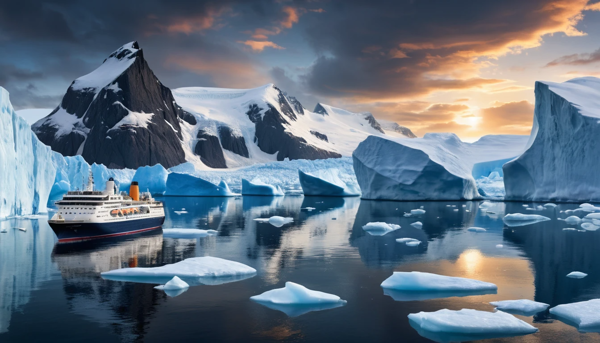

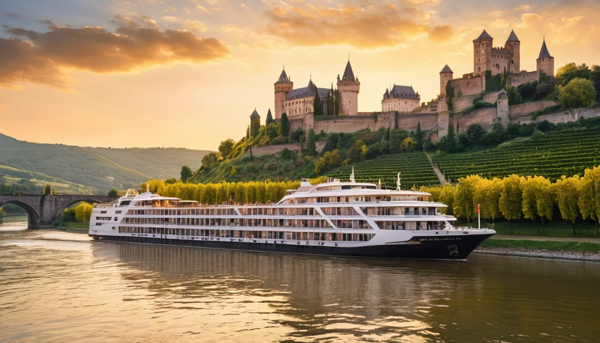

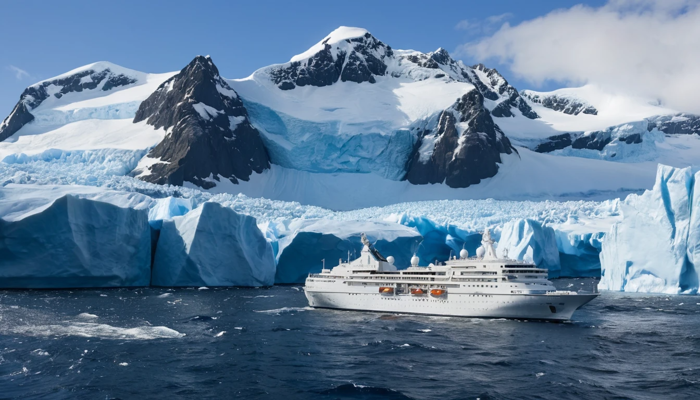
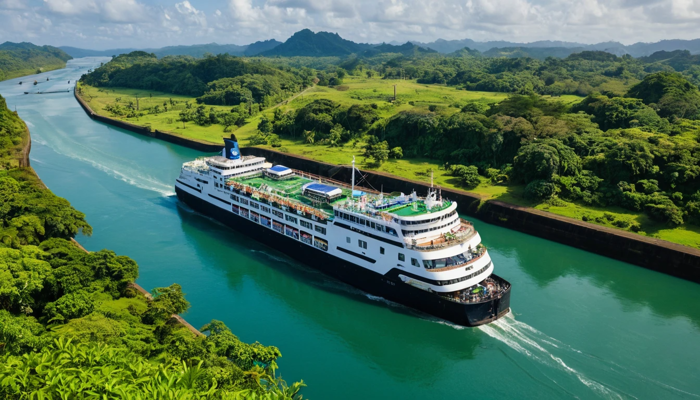
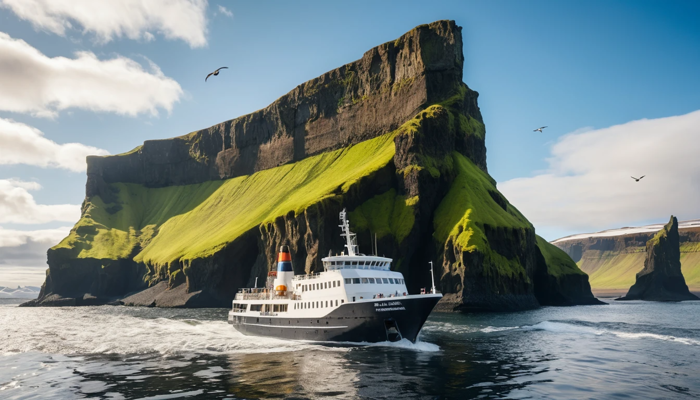
Leave a Reply